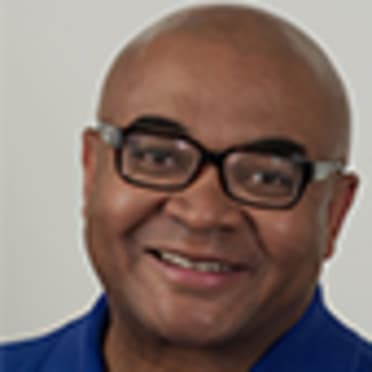Upgraded defense is translating to wins
Rockies third-base coach?Warren Schaeffer?wouldn¡¯t have been blamed for just ripping April out of his calendar. But when you¡¯re in charge of infield defense, you can¡¯t just simply forget about one of the worst months imaginable.
The Rockies committed 21 errors in the first 29 games, including a startling 13 in the infield -- where miscues undermine a rotation built on the ability to force ground balls.
Problems weren¡¯t for lack of practice. Schaeffer drilled the infield on game situations each morning during Spring Training and afternoons before home night games. The problem wasn¡¯t going to be yelled away with a high-schoolish pep talk.?
Throughout his 10 years as a coach and manager in the Rockies¡¯ Minor League system, Schaeffer found value in monthly meetings with players. His May meeting, a month into his first Major League season, needed to produce a really good idea.
¡°The month of April was so atrocious defensively that if we were going to do the same thing going forward, we were not going to get any different results,¡± Schaeffer said. ¡°I thought a change was in order.¡±
Before getting to the fix, check out the result: The Rockies have made just one error in May, none in the infield. And the Rockies are winning.
¡°It usually goes hand-in-hand,¡± third baseman Ryan McMahon?said.
Schaeffer¡¯s improvement plan had its roots in the rule change outlawing infielders shifting to the opposite side of the infield or lining up in the short outfield. The thought during Spring Training was positioning each player more precisely on the infield dirt would preserve many of the benefits of shifting.?
The results, however, were poor. Worse, the policy proved costly with the double play in order.
At the meeting, Schaeffer and the infielders settled on basing positioning on convenience at turning the double play, rather than data that showed where the ball was likely to be hit.?
¡°We were playing percentages and we're playing spray charts, but a ton of balls were getting up the middle against our pitchers, which is demoralizing when there's a guy on first base,¡± Schaeffer said.
Suddenly, fielders felt less like chess pieces and, as veteran Mike Moustakas?said, ¡°more baseball player-ish¡± in all situations. Analytics still matter, but they work with the players¡¯ observations of their own pitcher and the opponent¡¯s swing. After that, instinct and physical tools take over.
The new strategy addressed an old issue. Last season at times, data-based conditioning?cost some double plays that ruined some pitchers¡¯ outings.??
The results of the new policy have been encouraging.
The Rockies managed two 4-6-3 double plays (second-short-first) March 30-April 30, but have already turned three in May.
They executed 12 6-4-3?DPs?in the first 29 games, but they¡¯ve turned four of those in the first nine May games.
Being less programmed has freed players. That¡¯s especially true of rookie shortstop Ezequiel Tovar, who has become more dynamic on defense -- and has carried the same freedom to his offense.
¡°When he's really able to ¡®pick¡¯ it like that up the middle, it kind of gives everyone else confidence and it allows us to be free,¡± said Alan Trejo, who shares second base with Harold Castro.
Personnel is settled, also.
McMahon began the year at second base because 2022 Gold Glove winner Brendan Rodgers?sustained a left shoulder injury that could cost him the season. McMahon moved back to third, where he was a Gold Glove finalist the last two seasons when struggling Elehuris Montero?was optioned to Triple-A Albuquerque (where he is converting to first base.)
Veteran first baseman C.J. Cron?shook off the three April errors he committed. Moustakas has been solid at first and third.
